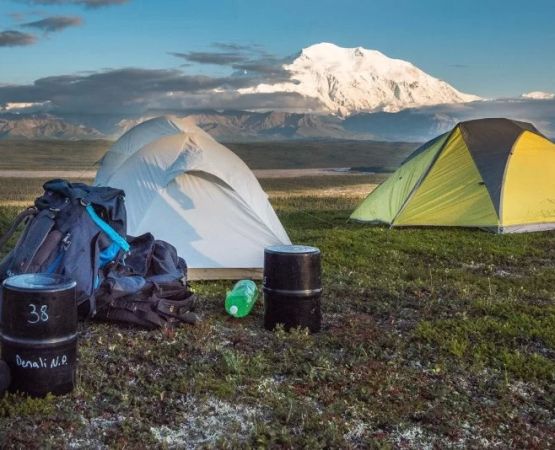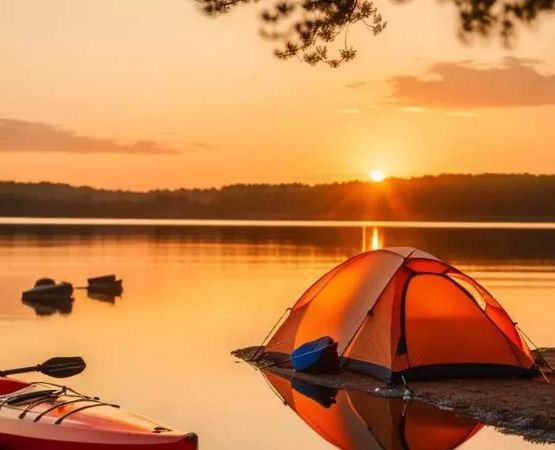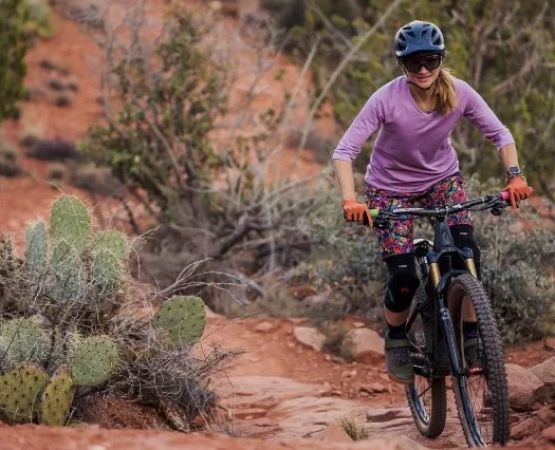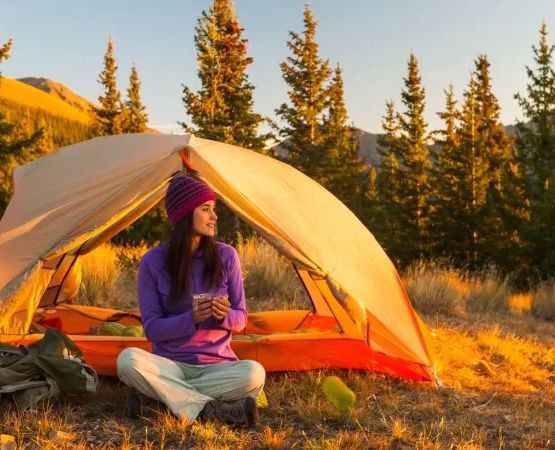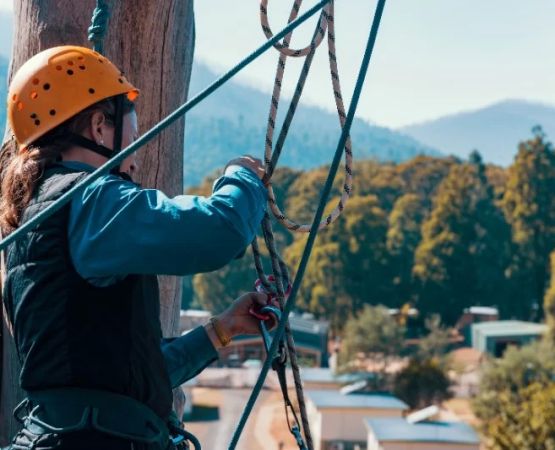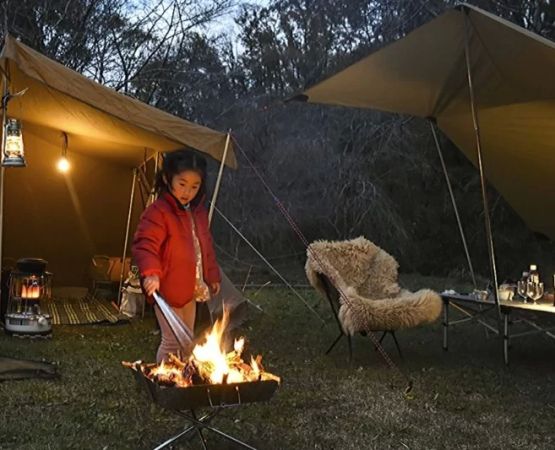- why-tent-size-matters-for-any-camping-experience
- understanding-tent-capacity-ratings-vs-real-comfort
- tent-size-for-solo-campers-comfort-and-functionality
- tent-sizing-for-couples-and-small-groups
- large-group-camping-strategies-and-tent-arrangements
- factors-beyond-headcount-that-impact-your-tent-choice
- real-campers-real-choices-lessons-from-the-woods
1. Why Tent Size Matters for Any Camping Experience
Choosing the perfect tent size can make or break your entire camping experience. Whether you’re embarking on a solo hike into the backcountry or planning a lakeside getaway with friends, your tent is your shelter, your safe space, and—let’s be honest—sometimes your only place to hide from bugs and weather. At Pine Cliff Resort, we’ve seen firsthand how the wrong tent can cause frustration, and the right one can create the perfect base for unforgettable outdoor memories.
Size influences everything: how well you sleep, how organized your gear is, and even how enjoyable your group dynamics feel. A cramped tent on a rainy weekend quickly becomes a mood killer. On the flip side, a thoughtfully chosen tent offers room to stretch, stash gear, and even share snacks inside during a surprise storm. It’s not just about fitting people—it's about ensuring comfort, privacy, and function for your unique trip style.
Surprisingly, many campers—especially beginners—don’t realize how tent manufacturers label their products. A “4-person” tent may technically sleep four bodies, but that doesn't mean four adults will feel comfortable inside with their backpacks and sleeping pads. That’s why this guide goes beyond packaging promises to help you confidently determine what you need, based on your actual plans and preferences.
2. Understanding Tent Capacity Ratings vs. Real Comfort
When choosing the perfect tent size, one of the most common pitfalls is assuming capacity ratings equate to comfort. A tent labeled for “6 people” often assumes minimal gear and tight sleeping arrangements—essentially shoulder-to-shoulder sleeping pads with no space for movement or personal belongings. For weekend warriors or casual campers, that’s not just unrealistic—it’s a recipe for grumbling.
According to outdoor gear experts at REI, most campers prefer subtracting at least one or two people from the tent's stated capacity. For example, a family of four might opt for a 6-person tent to ensure enough elbow room, vertical space, and gear storage. The same rule applies for friend groups who want to change clothes in privacy or sit comfortably on folding chairs inside.
Also worth considering is interior height. A tent may technically sleep six, but if you’re stuck crouching the entire time, the comfort score drops significantly. Look for “peak height” measurements and dome versus cabin-style designs, especially if you're over six feet tall or enjoy standing up to stretch.
Remember: numbers don’t tell the whole story. Lifestyle, season, and gear load should all influence your interpretation of a tent's labeled capacity.
3. Tent Size for Solo Campers: Comfort and Functionality
Solo camping is growing in popularity across the U.S., with thousands of Americans turning to solo outdoor getaways for stress relief and independence. If you’re going solo, choosing the perfect tent size becomes a unique challenge—it’s not just about sleeping, it’s about storage, security, and flexibility.
A 1-person tent might suffice for ultralight backpacking where every ounce matters, but most solo campers prefer 2-person models. The extra room allows you to store your pack inside, lay out your gear, and even sleep diagonally for more space. For those who bring a dog or camera equipment, that extra room becomes essential.
Take Sam from Boise, Idaho. On a week-long solo trip to Yellowstone, he opted for a 1-person tent. “By day three, I regretted it,” he said. “There was no place to dry my jacket or keep food safe. I upgraded to a 2-person model for my next trip—it made all the difference.”
When choosing a solo tent, weigh priorities: weight vs. comfort, packability vs. interior space. At Pine Cliff Resort, we often see seasoned solo campers using slightly larger tents and finding their trips noticeably more enjoyable because of it.
4. Tent Sizing for Couples and Small Groups
For couples or pairs camping together, a 2-person tent may sound sufficient—but again, this depends on how much comfort you expect. If you're both using standard sleeping pads and bringing separate duffel bags, a 3-person tent might be a more breathable choice. It allows space for gear inside and a bit of distance, which becomes welcome during long trips or rainy days.
Another point to consider: how well you and your partner share space. Some people are fine spooning in a mummy bag; others need their space. In those cases, a 4-person tent can offer a dramatic improvement in rest and overall trip enjoyment.
If your group includes three or four friends, don’t rely solely on numbers. Think instead in terms of:
- Sleeping gear size (air mattresses vs. sleeping bags)
- Shared or individual gear (one lantern or four?)
- Privacy needs (changing clothes, reading at night)
Look for tents with multiple doors and vestibules to avoid climbing over each other for bathroom trips or early coffee runs. Features like room dividers can also make a 4-person tent feel like two, which is great for friends who want some space while camping together.
5. Large Group Camping: Strategies and Tent Arrangements
When it comes to groups of six or more, tent size and layout planning becomes an art form. One massive tent may seem convenient, but splitting into multiple smaller tents can offer better organization, sleep quality, and group dynamics. This is especially true for mixed-age or mixed-gender groups.
For example, a Boy Scout troop camping at Pine Cliff Resort split their 10-person group into three tents: two 4-person sleeping tents and one central “hangout” tent for gear, meals, and storytelling. The result? Less chaos, better sleep, and a more enjoyable experience for everyone involved.
Families may want a large cabin-style tent with rooms or dividers, while college friend groups often prefer multiple 3- to 4-person dome tents spread out for privacy. Layout matters, especially for campgrounds with designated pad sizes or environmental restrictions.
Group camping also introduces gear-sharing dynamics. If one tent stores the cooking supplies, another should be clear for sleeping. Smart planning on tent size and purpose avoids late-night scrambling and arguments over floor space.
6. Factors Beyond Headcount That Impact Your Tent Choice
Choosing the perfect tent size isn’t just about how many people are coming. Other key factors to consider include:
- Trip duration: Longer trips typically require more space for extra clothing, food, or creature comforts.
- Weather expectations: In rainy or cold conditions, you’ll spend more time inside the tent. Room to sit upright and store gear becomes critical.
- Planned activities: Photographers, hikers, or paddlers often need more interior space to protect and organize gear.
- Pets: Dogs need room to stretch too. If you’re bringing your four-legged friend, don’t forget to account for their sleeping spot.
At Pine Cliff Resort, we've helped hundreds of campers find their ideal tent setups by reviewing these additional needs. A family who initially booked a 4-person tent for four people upgraded to a 6-person after realizing they'd be bringing games, extra blankets, and two golden retrievers.
7. Real Campers, Real Choices: Lessons from the Woods
One of the best ways to understand how to choose the perfect tent size is by learning from those who've gotten it wrong—and right. Jake and Elena, a couple from Minnesota, chose a compact 3-person tent for their first road trip across five national parks. “By night two, we realized we had no space to sit up and change clothes,” said Elena. “It felt like sleeping in a duffel bag.”
After a quick stop at a local outfitter, they upgraded to a taller 4-person cabin tent with better airflow and more space. “It was night and day. We actually looked forward to turning in at night.”
On the flip side, Marcus and his college buddies opted for one massive 10-person tent for their summer beach trip. “It sounded cool at first,” he laughed. “But it became a sweatbox by morning and we kept stepping over each other. Next time, we’re doing three tents with more space between them.”
Stories like these prove that tent size is not just a technical decision—it’s about anticipating your camping reality and planning for comfort, not survival.


